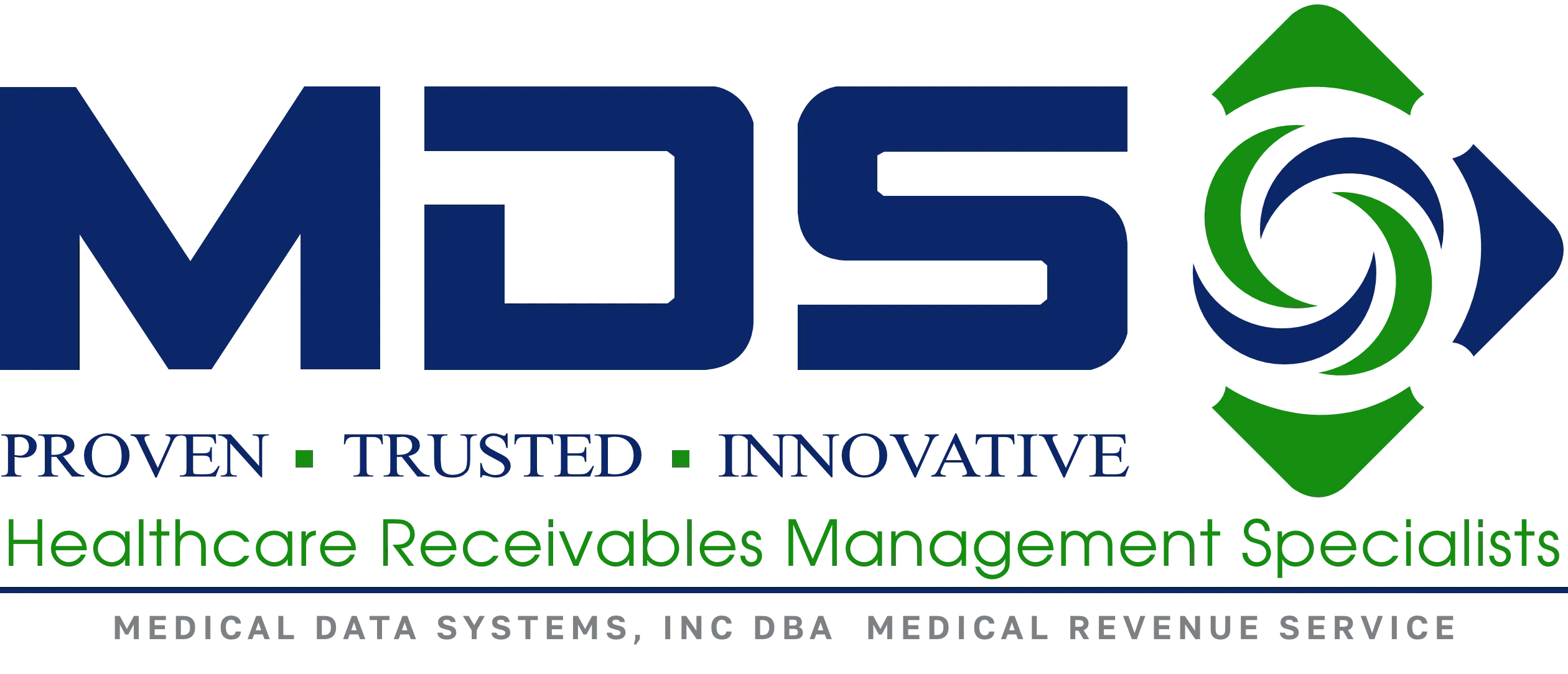Healthcare operations are under constant pressure to deliver better outcomes while managing costs and resources. But with data scattered across siloed systems, achieving operational efficiency in healthcare can feel like an uphill battle. Enter integrated data solutions—a game-changer for improving healthcare workflow and transforming how care is delivered. By connecting the dots between systems, these solutions empower healthcare providers to work smarter, not harder. Let’s dive into how they’re reshaping the industry.
What Are Integrated Data Solutions? Breaking Down the Buzzword
At its core, an integrated data solution is a unified platform that brings together data from various sources—electronic health records (EHRs), billing systems, inventory management, and more. Think of it as a central hub where all your critical information lives, accessible at the click of a button.
For example, instead of juggling multiple systems to track patient history, billing, and appointments, healthcare providers can access everything they need in one place. This not only saves time but also reduces errors and improves decision-making.
The Pain Points: Why Healthcare Needs Operational Efficiency
Let’s face it: healthcare operations are complex. From manual data entry to communication gaps between departments, inefficiencies can slow down workflows and compromise patient care.
- Manual Processes: Time-consuming tasks like updating patient records or processing claims can lead to errors and delays.
- Data Silos: When systems don’t “talk” to each other, critical information gets lost in the shuffle.
- Burnout: Overwhelmed staff struggle to keep up, leading to lower morale and higher turnover.
These challenges highlight the urgent need for integrated data solutions. By addressing these pain points, healthcare providers can focus on what truly matters: delivering exceptional care.
How Integrated Data Solutions Transform Healthcare Workflow
In the fast-paced world of healthcare, where every decision matters, integrated data solutions play a crucial role in improving efficiency and patient care. By streamlining data management, these solutions allow healthcare professionals to focus more on their patients and less on navigating complex systems. Below are some key ways integrated data systems are transforming healthcare workflows.
From Chaos to Clarity: Streamlining Patient Data Management
Imagine having instant access to a patient’s complete medical history, lab results, and treatment plans—all in one place. With integrated data solutions, this is no longer a pipe dream. By consolidating data, providers can make faster, more informed decisions, reducing the risk of errors and improving patient outcomes.
Smarter Scheduling, Happier Staff
One of the biggest challenges in healthcare is managing staff schedules and resources. Integrated systems automate scheduling, ensuring the right people are in the right place at the right time. This not only boosts operational efficiency in healthcare but also improves staff satisfaction.
Real-Time Decision-Making for Better Outcomes
In healthcare, every second counts. With real-time data at their fingertips, providers can respond to emergencies faster, adjust treatment plans on the fly, and deliver more personalized care.For a deeper dive into how data integration can optimize workflows, explore Extended Business services.
The Ripple Effect: Benefits Beyond Efficiency
Cost Savings That Matter
By automating repetitive tasks and reducing errors, integrated data solutions help healthcare organizations save time and money. These savings can be reinvested into patient care or expanding services.
Enhanced Patient Experience
When workflows run smoothly, patients benefit too. Shorter wait times, accurate billing, and personalized care all contribute to a better experience.
Empowering Healthcare Professionals
With less time spent on administrative tasks, staff can focus on what they do best: caring for patients. This not only improves morale but also leads to better outcomes. Learn how Primary & Secondary Collections services can help you achieve these benefits.
Overcoming Challenges: Implementing Integrated Data Solutions
While the benefits are clear, implementing integrated data solutions isn’t without its challenges. Common hurdles include cost, resistance to change, and technical complexity.
Here are a few tips to ensure a smooth transition:
- Start Small: Focus on one area, like patient data management, before scaling up.
- Train Your Team: Provide comprehensive training to help staff adapt to the new system.
- Partner with Experts: Work with a trusted provider to navigate the technical details.
The Road Ahead: What’s Next for Healthcare Data Integration?
The future of healthcare is data-driven. Emerging technologies like AI, predictive analytics, and IoT are set to take integrated data solutions to the next level. Imagine systems that not only store data but also predict patient needs and recommend treatments. As these technologies evolve, healthcare providers who embrace innovation will be better positioned to thrive in an increasingly competitive landscape.
For more insights into the future of healthcare technology, check out some healthcare data trends. These advancements will continue to shape the healthcare industry, improving operational efficiency, patient care, and data management across the board.
Unlocking the Full Potential of Healthcare Operations
The healthcare industry is at a crossroads, and integrated data solutions are paving the way forward. By improving operational efficiency in healthcare and streamlining workflows, these systems empower providers to deliver better care while reducing costs.
Ready to take the next step? Explore our Medical Data Systems services to see how we can help you unlock the full potential of your operations. Together, we can build a healthier, more efficient future.
